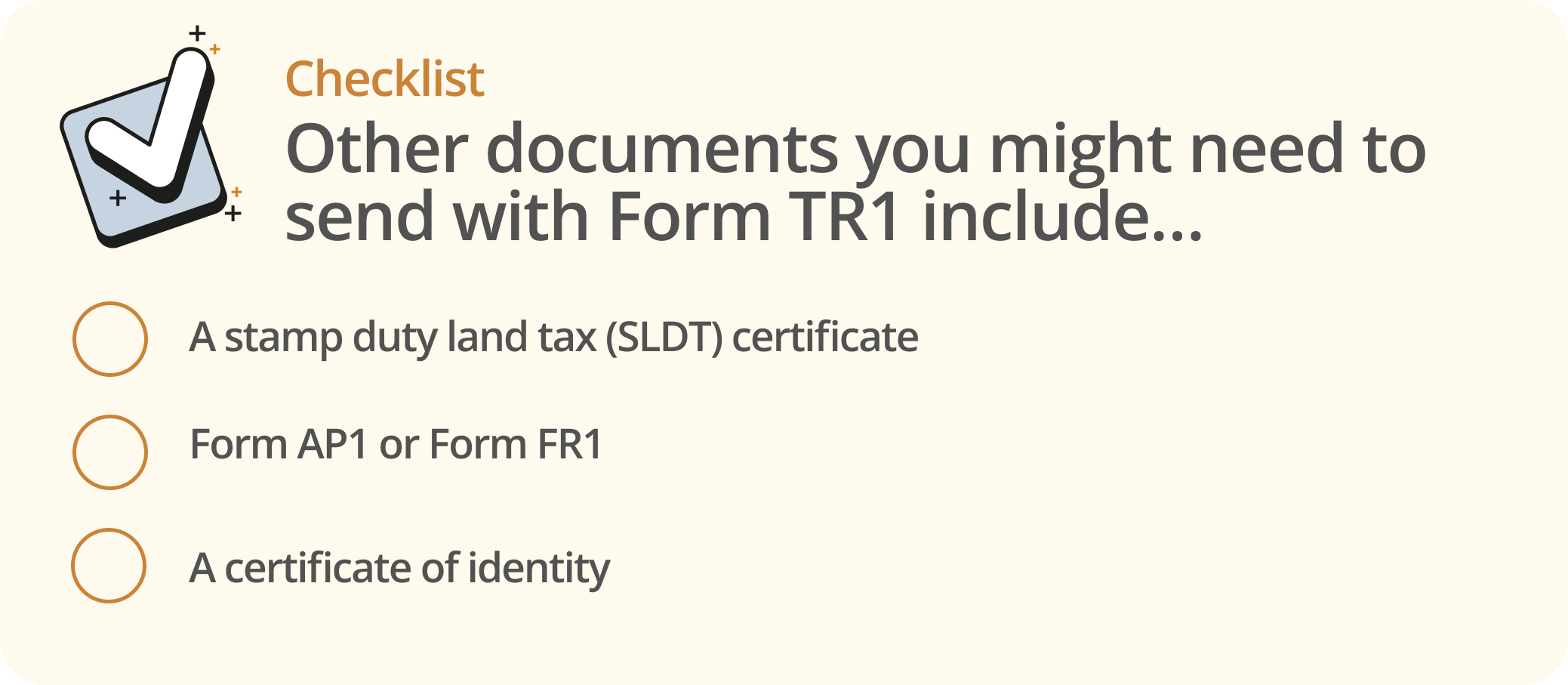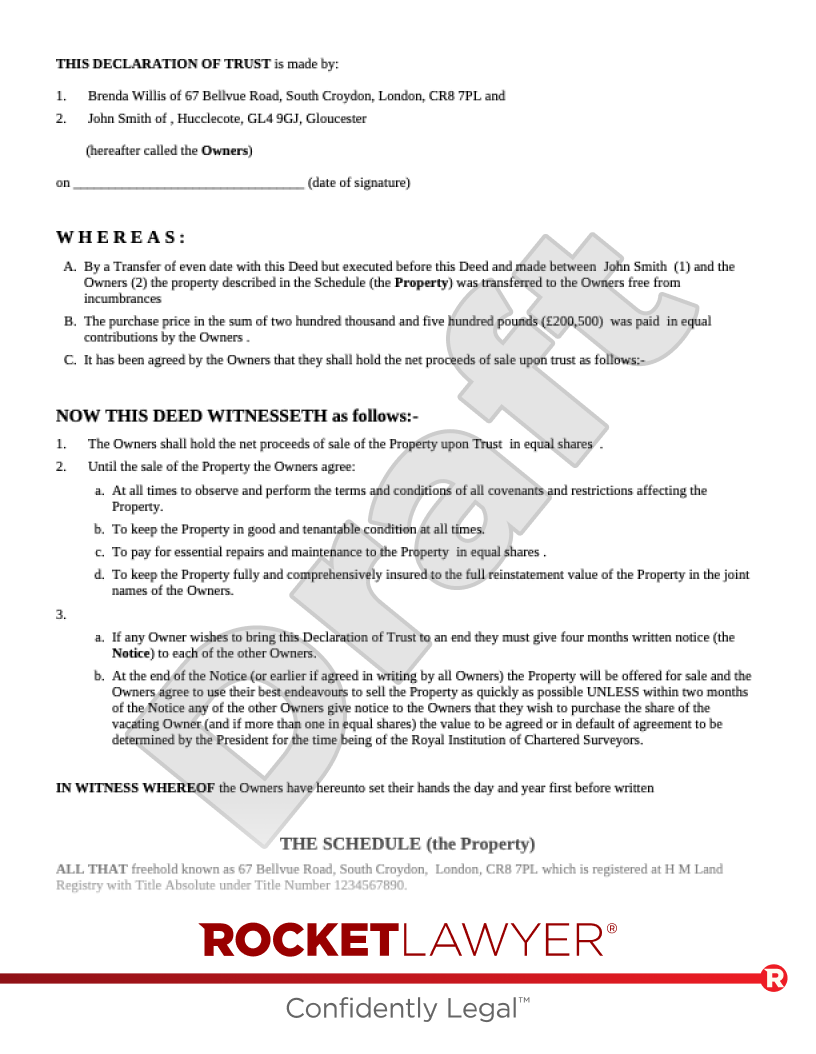When should Form TR1 be used?
Form TR1 should be used when transferring:
-
the whole of the property in one or more registered titles
-
property being registered for the first time

Form TR1 should not be used if only part of a registered title is being transferred. In this case, Form TP1 can be used instead.
What should be checked before filling out Form TR1?
The first thing to find out is whether the property has been registered or not, using either of the following:
-
HM Land Registry - Find a Property service
-
application for an official search of the index map (SIM)
If the property has been registered, various entries in the register should be checked (it may be necessary to obtain an up-to-date official copy of the register first) to help consider any issues connected to transferring the property. In particular, some of the important entries to look out for include:
-
restrictions such as 'restrictive covenants' which detail how the property can be used or amended
-
any leasehold clauses which require the landlord's consent
-
if the property is mortgaged, clauses which require the lender's consent
See HM Land Registry for more information on issues to consider before creating the transfer deed.
How should the panels be filled in Form TR1?
-
Panel 1 - note the title number for the property (more than one can be used). If the property is not registered this section can be left blank
-
Panel 2 - provide a brief description of the property being transferred, including the postcode
-
Panel 3 - date of completion (to be filled in once transfer has been executed)
-
Panel 4 - transferors - names of registered owners of the property (if names do not match the register, additional evidence should be included)
-
Panel 5 - transferees - names of new owner/s of the property
-
Panel 6 - address of each transferee
-
Panel 7 - this is a pre-filled statement which should be retained
-
Panel 8 - this records the amount paid for a property (first box), if it's a gift (second box) or if there is a non-monetary form of consideration (third box)
-
Panel 9 - these detail title guarantees provided by the transferor (if in doubt, it is recommended to speak to a lawyer)
-
Panel 10 - this records the intentions of joint owners eg if establishing a Declaration of trust (an alternative is to use Form JO)
-
Panel 11 - any additional provisions (eg covenants or specific agreements between transferor and transferee) can be noted here
-
Panel 12 - transferors should sign the deed here, and transferees must sign if Panels 10 or 11 have been completed
Which documents need to be sent with Form TR1?

Other documents which may need to be submitted along with Form TR1 include:
-
stamp duty land tax (SDLT) certificate (if relevant, ie where SDLT will be paid)
-
Form AP1 (for registered property) or Form FR1 (if the property is being registered for the first time)
-
certificate of identity - these must be provided for everyone listed as an applicant in panels 6 of Form AP1 or Form FR1 and panel 5 of Form TR1, along with Form AP1 or Form FR1 if they are being submitted by non-professional conveyancers (Form ID1 needs to be submitted for individuals or Form ID2 needs to be submitted for corporations). Any transferors who were not legally represented will also need to complete a form
For more information about completing Form TR1, see the HM Land Registry website.




